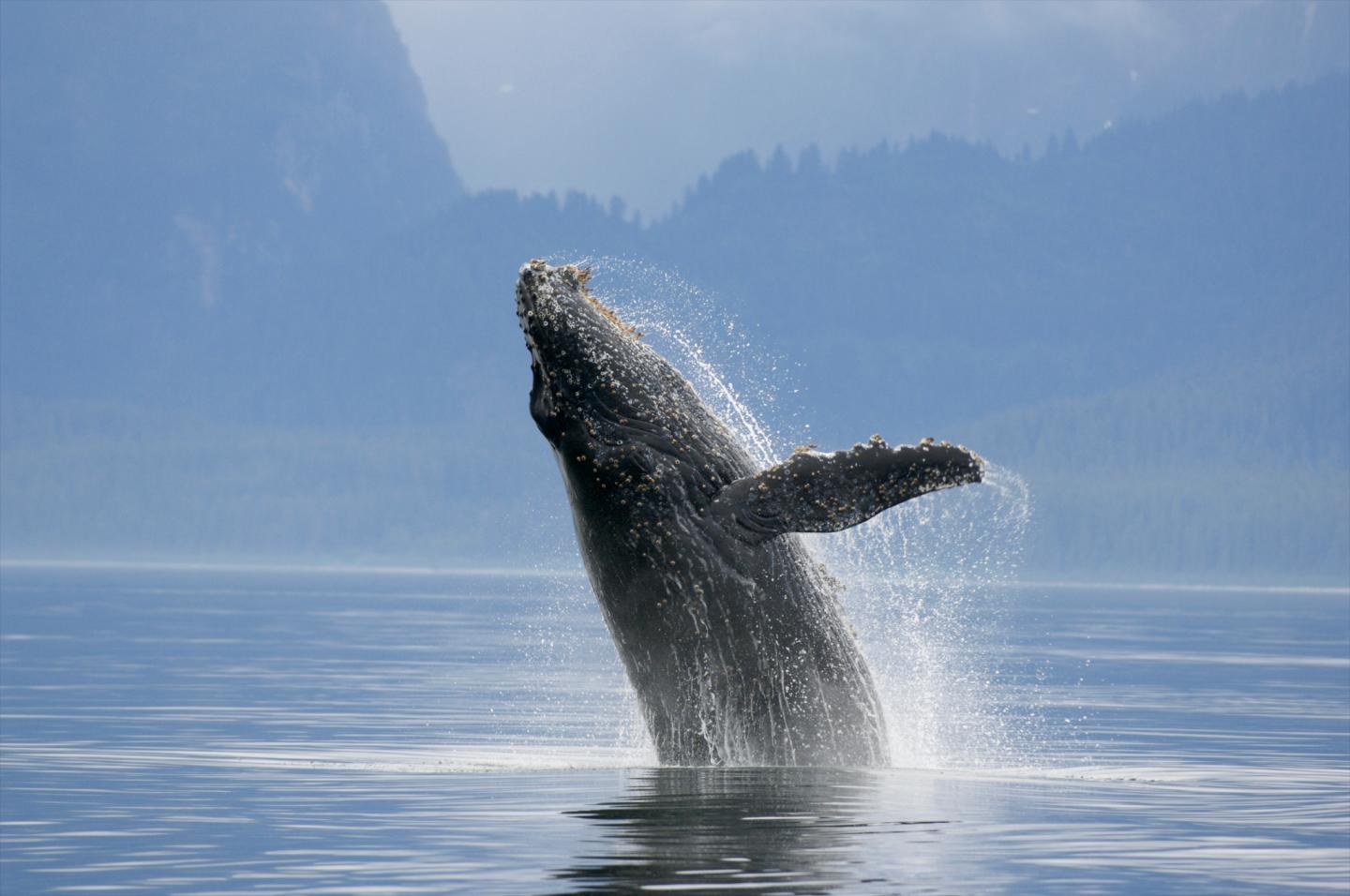Blue Whale Feces To Reveal The Impact Of Climate Change

Most people run away from the slightest smell of poop. However, a team of scientists is preparing to travel for seven weeks to Antarctica to collect blue whale feces and examine their impact on biodiversity and climate change.
“This is the most detailed whale poop expedition in history. That’s what it’s called by those who are going to participate in the voyage that aims to demonstrate the theory that the wastes of the world’s largest mammal play a much more crucial role in maintaining productivity in the southern oceans than previously thought. I want to show that whales are ecosystem engineers,” explained Lavenia Ratnarajah, a marine biogeochemist at Liverpool University.
“Conservation campaigns tend to focus on their beauty, but that doesn’t convince everyone. If we can show how much these animals contribute to ocean functions, it will be easier to save them,” the researcher added.
At the beginning of the 20th century, the number of blue whales was reduced by 95 percent, but since the introduction of a global catch ban in 1966 they have recovered and stabilized. There are currently believed to be between 10,000 and 35,000, mostly in Antarctica. So far, most research has focused on the reproductive and migratory habits of these giant creatures, which can reach 30 meters and weigh 200 tonnes.
Blue whale feces act as an iron-rich ocean fertilizer that stimulates the growth of marine bacteria and phytoplankton, including small plants that form the basis of the Antarctic food chain and are the primary source of carbon capture. Without the biological recycling of iron, the relatively anemic Southern Ocean could not sustain so much phytoplankton, which is the main food for krill.
Blue Whale Feces To Reveal The Impact Of Climate Change
The new study attempts to quantify the fertilizing impact and prove theories that the whale is irreplaceable in the polar ecosystem because the other large predators, such as penguins and seals, tend to defecate in the ice rather than in the water, so they cannot provide the same nutritional benefits.
The team, along with dozens of other scientists, will depart January 19th, 2019, from Hobart, Tasmania, at Research Vessel Investigator, founded by the Commonwealth Scientific and Industrial Research Organization and the Australian Antarctic Division. First, they will place sound buoys to identify the location of the whales and then, when they are close, they will use drones to fly over them and wait for the orange indicator columns.
The feces, which are composed mainly of digested krill, initially float on the surface before dissipating and then sinking to the ocean floor. In previous missions, researchers collected the samples by hand, but this time they are relieved because it will be the drones that do the dirty work.
“The only thing you think about is that you don’t want to fall on top of it. It’s liquid, and it smells terrible,” says Ratnarajah, who will be telling the trip via Twitter. “Sometimes I think I have the worst job in the world and sometimes I think I have the best.
Vadim is a passionate writer on various topics but especially on stuff related to health, technology, and science. Therefore, for Great Lakes Ledger, Vadim will cover health and Sci&Tech news.
0 comments